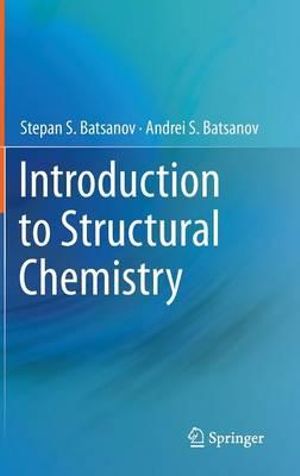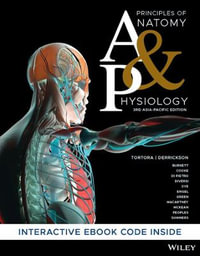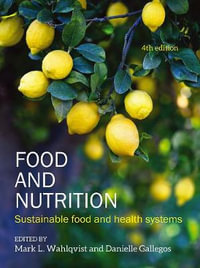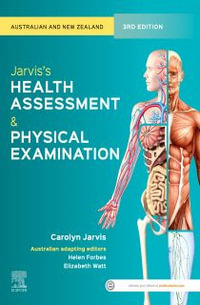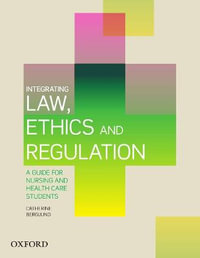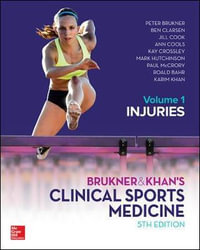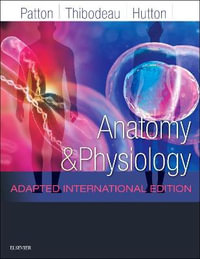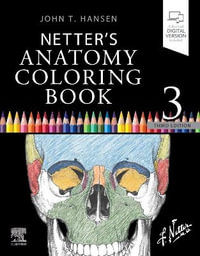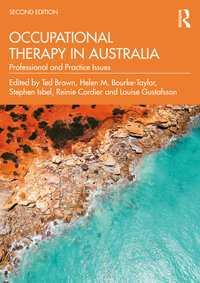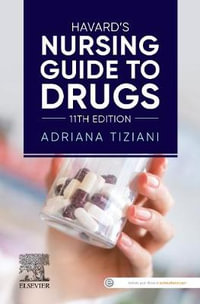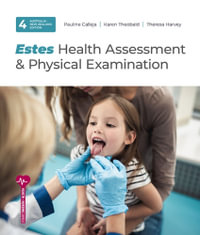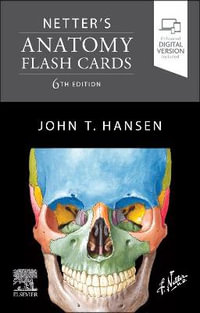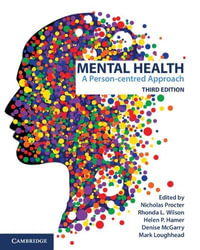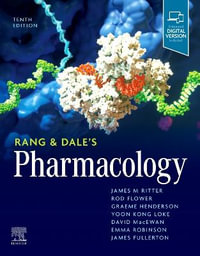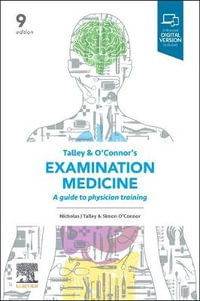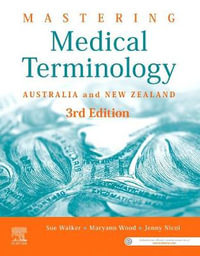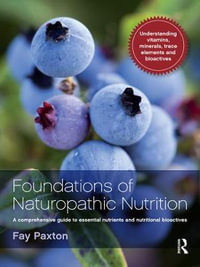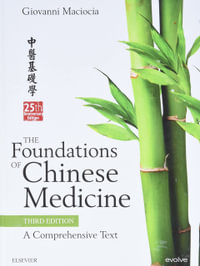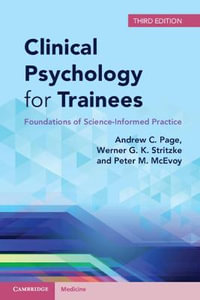1. Atom
1.1. Ionization potentials and electron affinities
1.1.1. Ionization potentials of atoms
1.1.2. Electron affinity
1.2. Effective nuclear charge
1.3. Absolute dimensions of atoms
1.4. Radii of atoms in molecules and crystals
1.4.1. Historical outline
1.4.2. Metallic radii
1.4.3. Covalent radii
1.5. Radii of ions in molecules and crystals
1.5.1. Methods of estimating ionic radii
1.5.2. Experimental (bonded) ionic radii
1.5.3. Energy-derived ionic radii
1.5.4. Ultimate ionic radii
2. Chemical bond
2.1. Historical development of the concept
2.2. Types of bonds: covalent, ionic, polar, metallic
2.2.1. Ionic bond
2.2.2. Covalent bond
2.2.3. Polar bond, effective charges of atoms
2.2.4. Metallic bond
2.2.5. Effective valences of atoms
2.3. Energies of the chemical interactions of atoms
2.3.1. Bond energies in molecules and radicals
2.3.2. Bond energies in crystals
2.3.3. Crystal lattice energies
2.3.4. Band gaps in solids
2.4. Concept of electronegativity
2.4.1. Discussion about electronegativity
2.4.2. Thermochemical electronegativities
2.4.3. Ionization electronegativities
2.4.4. Geometrical electronegativities
2.4.5. Recommended system of electronegativities of atoms and radicals
2.4.6. Equalization of electronegativities and atomic charges
2.5. Effective charges of atoms and chemical behavior
2.6. Change of chemical bond character under pressure
2.7. Conclusions
3. "Small" molecule.
3.1. Introduction
3.2. Inorganic molecules and radicals
3.2.1. Bond distances
3.2.2. Bond angles. VSEPR concept
3.2.3. Non-stoichiometric and unusual molecules
3.3. Organic molecules
3.4. Organometallic compounds
3.5. Clusters
3.5.1. Boron clusters
3.5.2. Transition metal clusters
3.5.3. Clusters of main group elements
3.5.4. Fullerenes
3.6. Coordination compounds
4. Intermolecular forces
4.1. Van der Waals interaction
4.2. Interdependence of the lengths of covalent and van der Waals bonds
4.3. Van der Waals radii
4.3.1. Introduction
4.3.2. Crystallographic van der Waals radii
4.3.3. Equilibrium radii of atoms
4.3.4. Anisotropic van der Waals radii
4.3.5. Concluding remarks
4.4. Donor-acceptor interactions
4.5. Hydrogen bond
5. Crystal structure - idealised
5.1. Structures of elements
5.1.1. Structures of metals
5.1.2. Structures of non-metals
5.2. Binary inorganic crystalline compounds
5.2.1 Crystal structures of halides, oxides, chalcogenides, pnictides
5.2.2 Structures of compounds with diverse bonds
5.3. Interconversions of crystal structures
5.4. Effective coordination number
5.5. Bond valence (bond strength, bond order)
5.6. Ternary compounds
5.7. Structural features of silicates
6. Crystal structure - real
6.1. Thermal motion
6.2. Lindemann's hypothesis
6.3. Defects in crystals
6.3.1. Classification of defects
6.3.2. Defects induced by shock waves
6.3.3. Real structure and melting of solids
6.4. Isomorphism and solid solutions
7. Amorphous state
7.1. Dispersing powders
7.2. Amorphous solids, glasses
7.3. Structure of melts
7.4. Structure of aqueous solutions
8. Between molecule and solid
8.1. Energetic properties of clusters and nanoparticles
8.1.1. Melting temperatures and heats under transition from bulk to nanophases
8.1.2. Energy variation under transition from bulk to clusters
8.2. Changes of atomic structure on transition from bulk solids to nanophases
8.3. Size effect in the dielectric permittivity of crystals
8.3.1. Effect of the energy factor
8.3.2. Effect of the phase c

